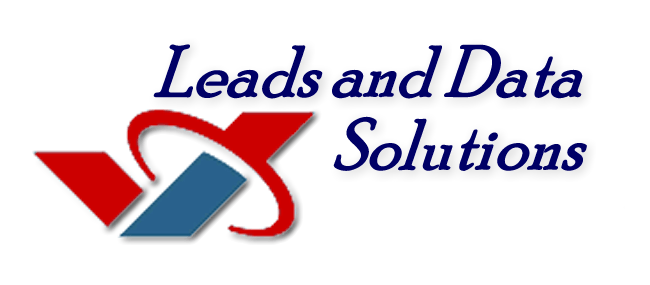Traveler Leads
Traveler Leads
We provide the best most responsive affordable
Travel leads on the market..
How Travel Leads Are Collected.
Traveler leads are generated through the use of mobile location collection data from a variety of airports and cruise ship terminals nationwide. We partnered with industry leaders to track, monitor, and validate premise visitors.
Travelers Captured
Any one with a smart phone who are traveling at one of our targeted airports with at least one of more then 5000 apps on their phone are captured by our tracking system.
Finishing The Travel Leads
After capturing the cell number aggregate them into a matching ID to an Individual, their residence. We have the
industry leaders to track, monitor, and validate premise visitors.
industry leaders to track, monitor, and validate premise visitors.
Your marketing success with Travel Leads
Traveler leads are great for businesses to focus their marketing of the perfect prospects. Build lucrative relationships with customers who earn extra discretionary income, and Target a group who enjoys spending on travel entertainment Purchase our highly targeted leads to reach this spending group. Increase your ROI, you can bet on it!
Our Lists enable you to open the lines of communication with your precise and receptive target audience.
The process of acquiring travel leads begins with lead generation. Lead generation involves marketing-related activities, or lead generators. At a basic level, traveler leads generation can be as simple as obtaining referrals from existing customers. Companies looking to quickly boost revenue, however, typically adopt other travel lead generation techniques. For example, they may purchase traveler lead lists from a lead generation company that maintains a database of business and consumer leads. Such lists may be used to conduct direct mail marketing, email marketing or telemarketing campaigns, all of which are forms of direct marketing.
Companies may also host or participate in business-to-business (B2c) events to generate travel leads. Examples of such event marketing activities include trade shows, webinars and lunch-and-learn meetings. The arrival of digital marketing opened a number of additional lead generation tools. In contrast to direct marketing techniques, digital marketing approaches, such as inbound marketing, focus on appealing to sales leads through company-generated online content. Inbound marketing content can include blog posts, videos, graphics and white papers. When creating and publishing inbound marketing content, companies may adopt a content marketing strategy to promote their brand.
Inbound marketing also encompasses mobile and social media marketing using online platforms such as Facebook, LinkedIn and Twitter.
Companies may also host or participate in business-to-business (B2c) events to generate travel leads. Examples of such event marketing activities include trade shows, webinars and lunch-and-learn meetings. The arrival of digital marketing opened a number of additional lead generation tools. In contrast to direct marketing techniques, digital marketing approaches, such as inbound marketing, focus on appealing to sales leads through company-generated online content. Inbound marketing content can include blog posts, videos, graphics and white papers. When creating and publishing inbound marketing content, companies may adopt a content marketing strategy to promote their brand.
Inbound marketing also encompasses mobile and social media marketing using online platforms such as Facebook, LinkedIn and Twitter.
